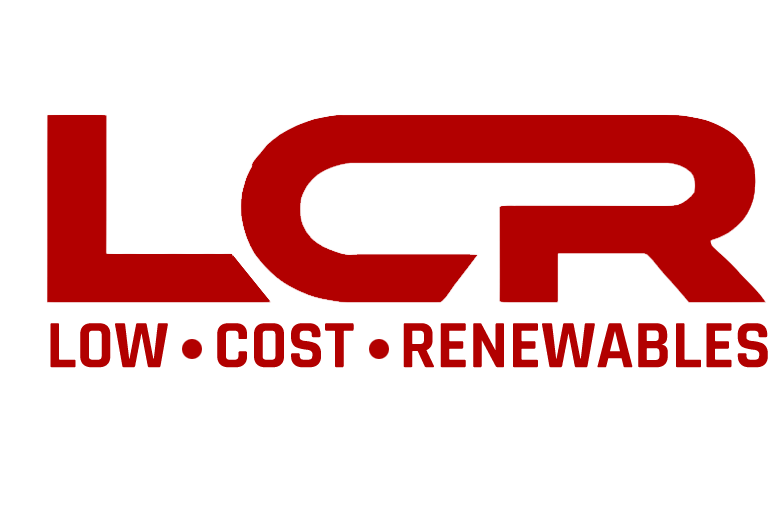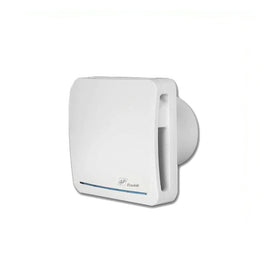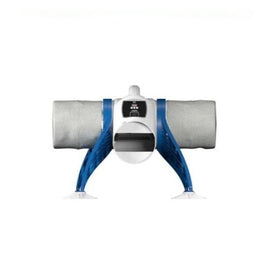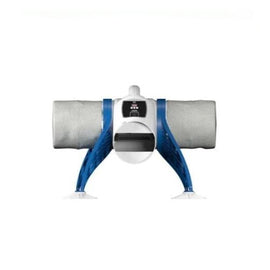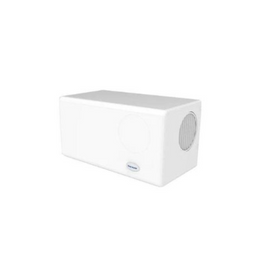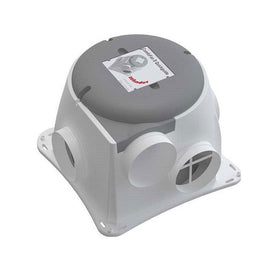Heat Recovery Ventilation systems: How it Works and Why You Need It
Introduction to heat recovery ventilation
As a homeowner or business owner, maintaining a comfortable and energy-efficient indoor environment is a top priority. One solution that has gained popularity in recent years is the heat recovery ventilation (HRV) system, also known as a heat recovery ventilator or HRV HVAC. This innovative technology not only ensures a constant supply of fresh air but also recovers a significant portion of the thermal energy that would otherwise be lost through traditional ventilation methods.
In this comprehensive guide, we will explore the inner workings of a heat recovery unit or heat recovery system, dispel common misconceptions, and highlight the numerous benefits it offers. By understanding the principles behind this energy recovery ventilation system, you can make an informed decision about whether it's the right choice for your home or commercial space.
How does heat recovery ventilation work?
At its core, a heat recovery ventilation system is designed to provide continuous fresh air circulation while minimizing energy loss through the use of a ventilation heat exchanger. It achieves this through a highly efficient heat exchange process. Here's how it works:
- Air Intake and Exhaust: The HRV air exchanger has two separate airstreams: one for incoming fresh air and another for stale exhaust air being expelled from the building. These airstreams are kept separate to prevent cross-contamination.
- Heat Exchange Core: The heart of the HRV system is the heat exchange core, which is typically made of a highly conductive material like aluminum or plastic. As the two airstreams pass through the core, heat is transferred from the warmer stream to the cooler stream. This air-to-air heat exchanger is the key component of the system.
- Energy Recovery: During the heating season, the heat exchanger captures a significant portion of the heat from the outgoing stale air and transfers it to the incoming fresh air. In the cooling season, the process is reversed, with the core absorbing heat from the incoming air and transferring it to the outgoing air, reducing the cooling load. This makes it an efficient hrv heating system.
- Balanced Airflow: The best heat recovery ventilation systems are designed to maintain balanced airflow, ensuring that the amount of air being exhausted is equal to the amount of fresh air being brought in. This balanced ventilation helps maintain proper air pressure and prevents issues like drafts or backdrafting of combustion appliances.
- Air Distribution: The fresh, pre-conditioned air is then distributed throughout the building via a network of ducts, while the stale exhaust air is expelled to the outside.
By recovering a significant portion of the thermal energy that would otherwise be lost through traditional ventilation methods, mechanical heat recovery ventilation can dramatically reduce heating and cooling costs, making them an attractive choice for energy-conscious homeowners and businesses.
Common misconceptions about heat recovery ventilation
Despite the numerous benefits of heat recovery ventilation systems, there are still some common misconceptions that persist. Let's address a few of them:
- "HRV systems are too expensive." While the initial cost of installing an HRV system may be higher than traditional ventilation methods, the long-term energy savings and improved indoor air quality often justify the investment. Many utility companies and government programs offer rebates or incentives for installing energy-efficient systems like HRVs, further reducing the overall cost.
- "HRV systems are noisy." Modern heat recovery ventilation units are designed to operate quietly, with noise levels comparable to a standard bathroom exhaust fan. Proper installation and regular maintenance can further minimize any potential noise issues.
- "HRV systems are difficult to maintain." Like any mechanical ventilation system, HRV units require periodic maintenance, such as filter changes and cleaning. However, the maintenance requirements are generally straightforward and can be easily handled by homeowners or professional service providers.
- "HRV systems are only suitable for new construction." While it's true that integrating an HRV system during the construction phase is often easier, especially in passive house designs with a tight building envelope, many retrofit solutions are available for existing homes and buildings. Professional installers can assess your specific needs and recommend the best approach.
By addressing these misconceptions, we can better appreciate the true value and practicality of ventilation with heat recovery.
Conclusion: Why you need a heat recovery ventilation system
Investing in a heat recovery ventilation system offers numerous benefits that can significantly improve the comfort, energy efficiency, and overall indoor air quality of your home or commercial space. Here are some compelling reasons why you should consider installing an HRV:
- Energy Savings: By recovering a substantial portion of the thermal energy that would otherwise be lost through traditional ventilation methods, HRV systems can significantly reduce your heating and cooling costs, resulting in substantial long-term savings.
- Improved Indoor Air Quality: Stale, polluted indoor air can lead to a variety of health issues, including respiratory problems, allergies, and even headaches. HRV systems continuously introduce fresh, filtered air into your living or working space, promoting a healthier indoor environment. This air filtration helps combat air pollution and promotes respiratory health.
- Balanced Humidity Levels: HRV systems help maintain optimal humidity levels by controlling the amount of moisture in the air. This humidity control can prevent issues like condensation, mold growth, and excessive dryness, which can damage building materials and compromise indoor air quality. Proper ventilation rates and mold prevention are key benefits of these systems.
- Reduced Environmental Impact: By reducing energy consumption, heat recovery ventilation systems contribute to a lower carbon footprint, aligning with sustainable building practices and environmental responsibility.
- Increased Comfort: With a constant supply of fresh, pre-conditioned air, HRV systems ensure a comfortable and consistent temperature throughout your living or working space, eliminating hot or cold spots. This fresh air exchange promotes thermal comfort and overall well-being.
To maximize the benefits of a heat recovery ventilation system, it's essential to work with experienced professionals who can properly size, install, and maintain the system for your specific needs. By investing in this innovative technology and implementing effective ventilation strategies, you can enjoy a healthier, more comfortable, and energy-efficient indoor environment for years to come.
If you're interested in exploring the potential benefits of a heat recovery ventilation systems for your home or business please feel free to contact our expect ventilation team click here
 Skip to content
Skip to content
